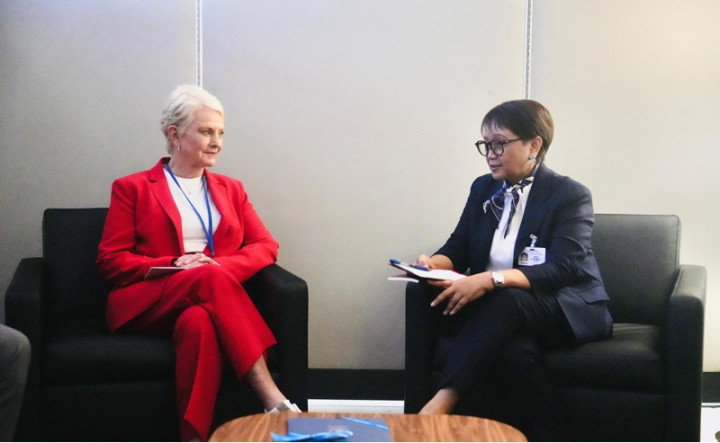When planned and facilitated effectively, quality, inclusive, and equitable digital learning opportunities can complement other learning approaches and help schoolchildren catch up on what they missed during the pandemic and the pre-existing learning crisis, according to the report.
The report, Pulse Check on Digital Learning, examines the current state of digital learning by focusing on five vitals, including policies and financing, platforms and content, teachers and school leadership, digital literacy and holistic learning opportunities, with the aim of transforming education systems.
It also features the first-ever mapping of 471 national platforms in 184 countries by UNICEF and EdTech Hub.
The results show promising trends across many countries, such as the development of digital platforms, reassessment of priorities, and innovative partnerships.
But stagnation is putting the progress achieved during the past few years at risk of regression.
"Today, governments are at a pivotal point of either continuing with the status quo, which runs the risk of failing to educate an entire generation, or making trend-altering investments in cost-effective initiatives, including digital learning, to transform their education systems," said UNICEF Director of Education Robert Jenkins in a media release on Tuesday.
Findings include:
- Although half the world’s population is still offline, over 70 percent of platforms do not offer offline functionality. Just 49 per cent of platforms in high-income countries and 18 per cent of platforms in low-income countries can be run offline.
- Majority of platforms, 67 percent, do not provide engaging content despite interactivity being a central component of student-focused learning, with most offering only static content such as videos and PDFs of textbooks.
- Only 22 per cent of digital learning platforms contain features to make them accessible to children with disabilities. Even among the few, the provisions are basic, such as closed captions for videos.
- Critically, 85 percent of platforms were mobile-friendly, the most commonly available modality for digital learning in low- and middle-income countries.
- Most digital learning platforms (84%) offered features using all of a country’s national languages.
Cek Berita dan Artikel yang lain di Google News



















